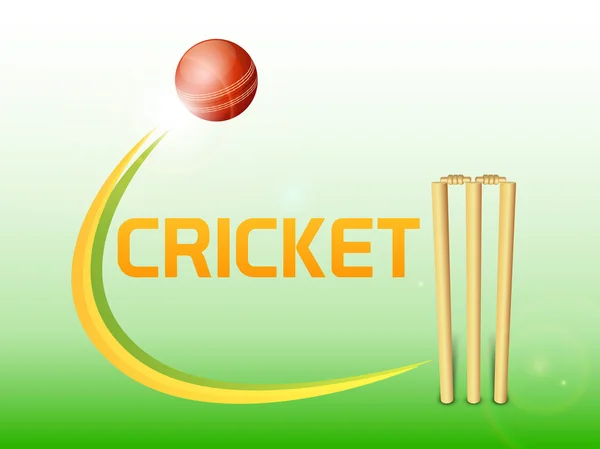


Balls composed of many rubber bands, or bouncy balls made of borax, glue, and cornstarch, are sometimes homemade. Bouncy balls may, by means of fluorescence, chemiluminescence, or motion-activated LEDs, emit light such balls are called glow balls. Due to their low cost per unit, bouncy balls with logos or other designs are sometimes used as promotional merchandise. Balls similar in size and composition to Spaldeens, but featuring a plethora of designs (such as a baseball pattern, miniature basketball and soccer ball patterns, and so forth) are offered by many companies. Nerf balls, introduced in 1970, are also small balls that bounce, but they have a lower coefficient of restitution than a typical bouncy ball. Roll and jump your way through a deadly factory, defeating evil enemies and avoiding deadly laser beams in the process. With the simple control and challenging adventures, Red bouncing ball has been beautifully designed for players with all age groups. Skyball is a brand of hollow medium-sized bouncy ball filled with a mix of helium and compressed air, claimed by the manufacturer to have particularly good bounce characteristics. Red Bouncing Ball Adventure is one of the most interesting jumping ball games. Superballs are often smaller than a Spaldeen. They were first sold by the Wham-O toy company under the name Super Ball, which remains their trademark. A superball or power ball is a bouncy ball composed of a type of synthetic rubber (originally a hard elastomer polybutadiene alloy named Zectron) invented in 1964, which has a higher coefficient of restitution (0.92) than older balls such as the Spaldeen so that when dropped from a moderate height onto a level hard surface, it will bounce nearly all the way back up.


 0 kommentar(er)
0 kommentar(er)
